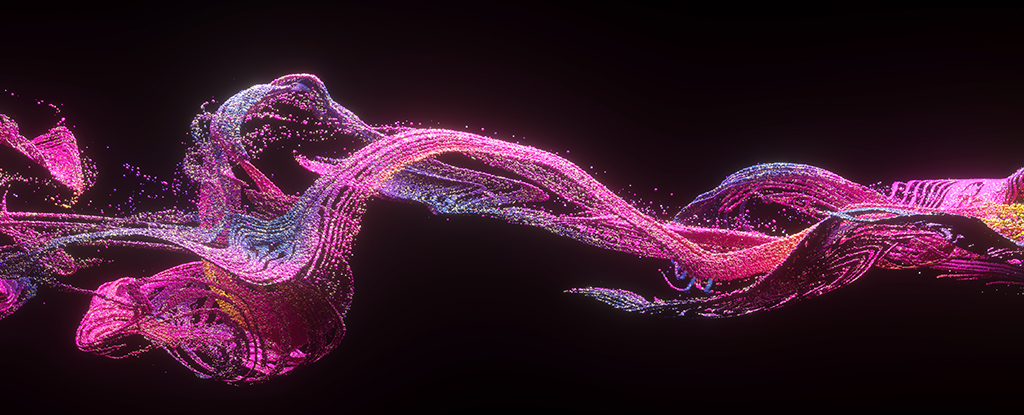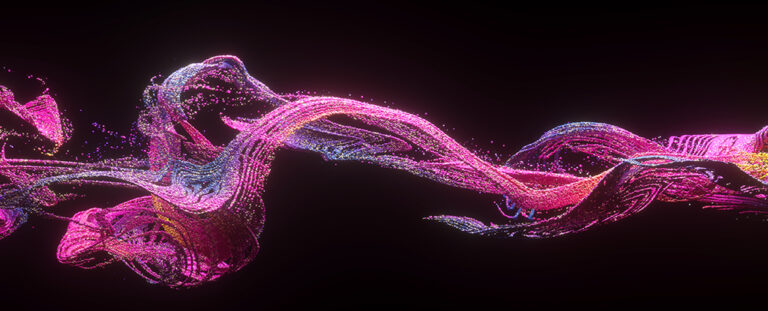Unconventional Liquid-Like Electric Conduction Discovered in Peculiar Metals.
Flipping the switch on any electrical device typically sets off a coordinated movement of charged particles, following the rhythm of the circuit’s voltage. However, a recent breakthrough in the realm of exotic materials, specifically strange metals, challenges the conventional understanding of electricity’s behavior. The investigation focused on nanowires composed of a precise combination of ytterbium, rhodium, and silicon (YbRh2Si2).

Through a series of quantum measurement experiments on these nanowires, researchers from the US and Austria have uncovered compelling evidence that could potentially resolve debates surrounding the nature of electrical currents in metals exhibiting unconventional properties. Strange metals, discovered in the late 20th century within a class of copper-based compounds known for their resistance-free currents at relatively warm temperatures, exhibit an anomalous increase in resistance as they heat up, contrary to the behavior of typical metals.
Unlike traditional metals where resistance varies with temperature and eventually plateaus, strange metals display a peculiar pattern, incrementing resistance by a consistent amount for each degree of temperature rise. This unusual resistance behavior hints at a distinct mode of operation for currents in strange metals, suggesting a deviation from the typical behavior of charge-carrying particles in standard metal conductors.
Rather than envisioning a straightforward flow of negatively-charged spheres through a tube of copper atoms, the reality is more intricate. Electricity operates at the quantum level, with various particle characteristics converging to behave as single units known as quasiparticles. The nature of these quasiparticles in explaining the unconventional resistance behaviors of strange metals has been a subject of inquiry, with some theories proposing that under certain conditions, these quasiparticles may lose their coherence.
To delve into the nature of quasiparticles in the flow of electrons within strange metals, the researchers employed a phenomenon called shot noise. This approach involves observing the granularity of charges as they move through a conductor by examining the fluctuations in the emission of light photons.
The study revealed that shot noise in the YbRh2Si2 sample was significantly suppressed, defying explanations based on typical electron-environment interactions and suggesting that quasiparticles might not be the primary actors. Instead, the charge exhibited a more liquid-like behavior compared to currents in conventional metals. This discovery aligns with a model proposed over two decades ago by one of the contributing authors, Qimiao Si, a condensed matter physicist from Rice University.
While ruling out conventional quasiparticle behavior, the research team acknowledges uncertainties about the precise nature of this ‘liquid’ current and whether it might be found in other formulations of strange metals. The findings prompt a reconsideration of the vocabulary used to describe collective charge movement and the possibility that charge moves in more intricate ways than previously thought.
This research was published in Science.
Do not forget to share your opinion with us to provide you with the best posts !




0 Comments